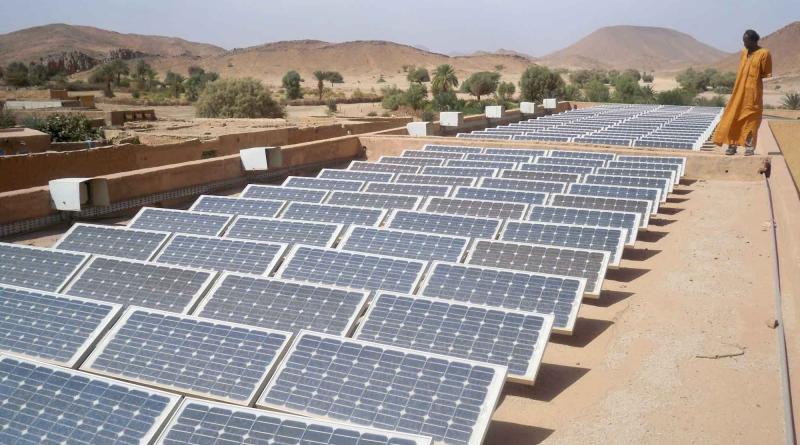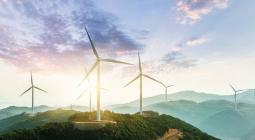Universal electricity access goal set to be missed, new report reveals.

The international community is falling well short of providing the cash needed to ensure universal access to electricity by 2030, according to a report released on Monday (12 November 2018).
At the Paris climate change summit in 2015, wealthy countries agreed to provide at least US$100 billion a year in climate finance by 2025.
However, the ‘Energizing finance’ report by Sustainable Energy for All (SEforALL) reveals that finance for electricity projects in 20 ‘high-impact’ countries, which represent 76% of those without electricity access, increased from $19.4 billion in 2013-14 to $30.2 billion in 2015-16.
That is still well short of the $52 billion needed to provide electricity for all by 2030. Fifteen of the ‘high impact’ countries are in Africa and 5 in Asia.
The next Conference of the Parties meeting on climate change will take place in Katowice in December.
“Despite the high-flown rhetoric…the underlying financial health of this market is not one that is going to get us to speed and scale,” Rachel Kyte, chief executive of Sustainable Energy for All and special representative of the UN Secretary-General for Sustainable Energy for All, told EURACTIV.
Kyte added that the Sustainable Development Goal (SDG 7) on electricity access and the Paris objectives would not be met on current trends.
While international public finance fell to $8.8 billion in 2015-16 from $10.5 billion in 2013- 14, private finance more than trebled from $4.6 billion to $15.1 billion in 2015-16.
At the same time, however, finance for dirty energy sources, such as coal plants, almost tripled – from $2.8 billion to $6.8 billion.
“The funding for fossil fuel power is going up very quickly, and we’ve seen a big uptick in coal. There’s international and domestic money in the Philippines, India and Kenya going into coal,” Kyte told EURACTIV.
Meanwhile, finance for clean cooking across the 20 countries with the largest clean cooking access gaps – representing 81% of the global population without access – actually decreased 5% to an average of $30 million, compared to the estimated annual investment needed of least $4.4 billion.
The report also reveals the continued neglect of off-grid technologies, for which finance increased from $210 million to $380 million per year. However, this is only 1.3% of the total tracked flows into energy access.
“There’s barely anything going into off-grid given the size and scale of the opportunity,” Kyte said, adding that “funding for sustainable cooking is so far off target that it is stupefying.”
Some 54% ($16.2 billion annually) of all finance committed in 2015/16 went to grid-connected renewable energy with an almost fivefold increase finance for solar.
China has emerged as the second largest financier for electricity projects, providing 23% of total funding, second only to the network of international development finance institutions.
Another problem is that 60% of financing appears to be concentrated in four countries – Bangladesh, India, Philippines and Kenya. Each of the other 16 high-impact countries—mostly located in Sub-Saharan Africa and more than 460 million people without any access to electricity —received less than $1 billion per year.
Seven of these countries (Afghanistan, Angola, Ethiopia, Malawi, Mozambique, Nigeria and Sudan) reported a decline of more than 50% in their electricity finance.
Euractiv



